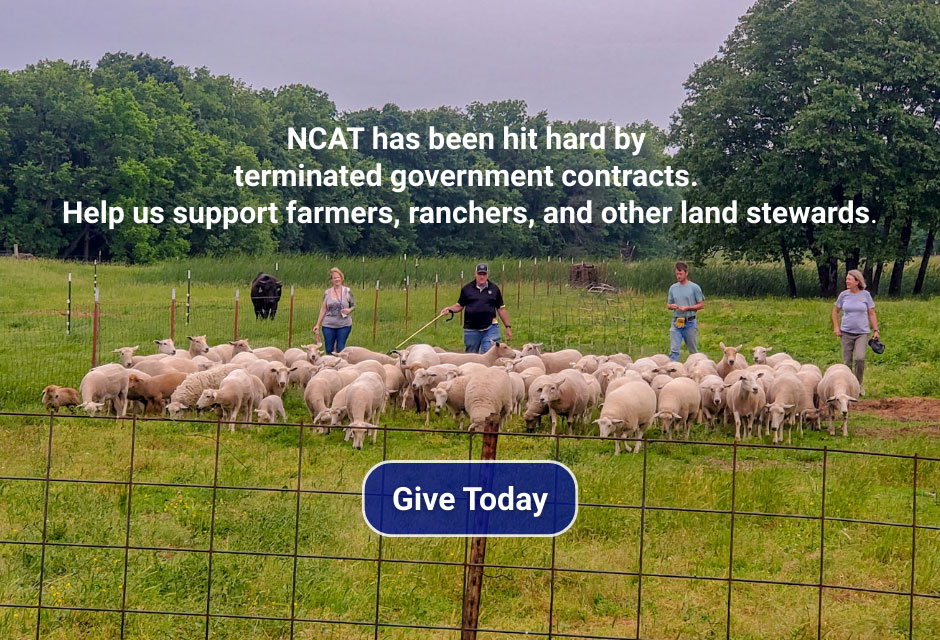New Primer Highlights Funding Options for Agroforestry
Croatan Institute and Savanna Institute have released Financing Trees & Perennial Crops for Your Farm: An Agroforestry Primer. The free, 36-page publication highlights key funding options, provides practical examples, and […]

